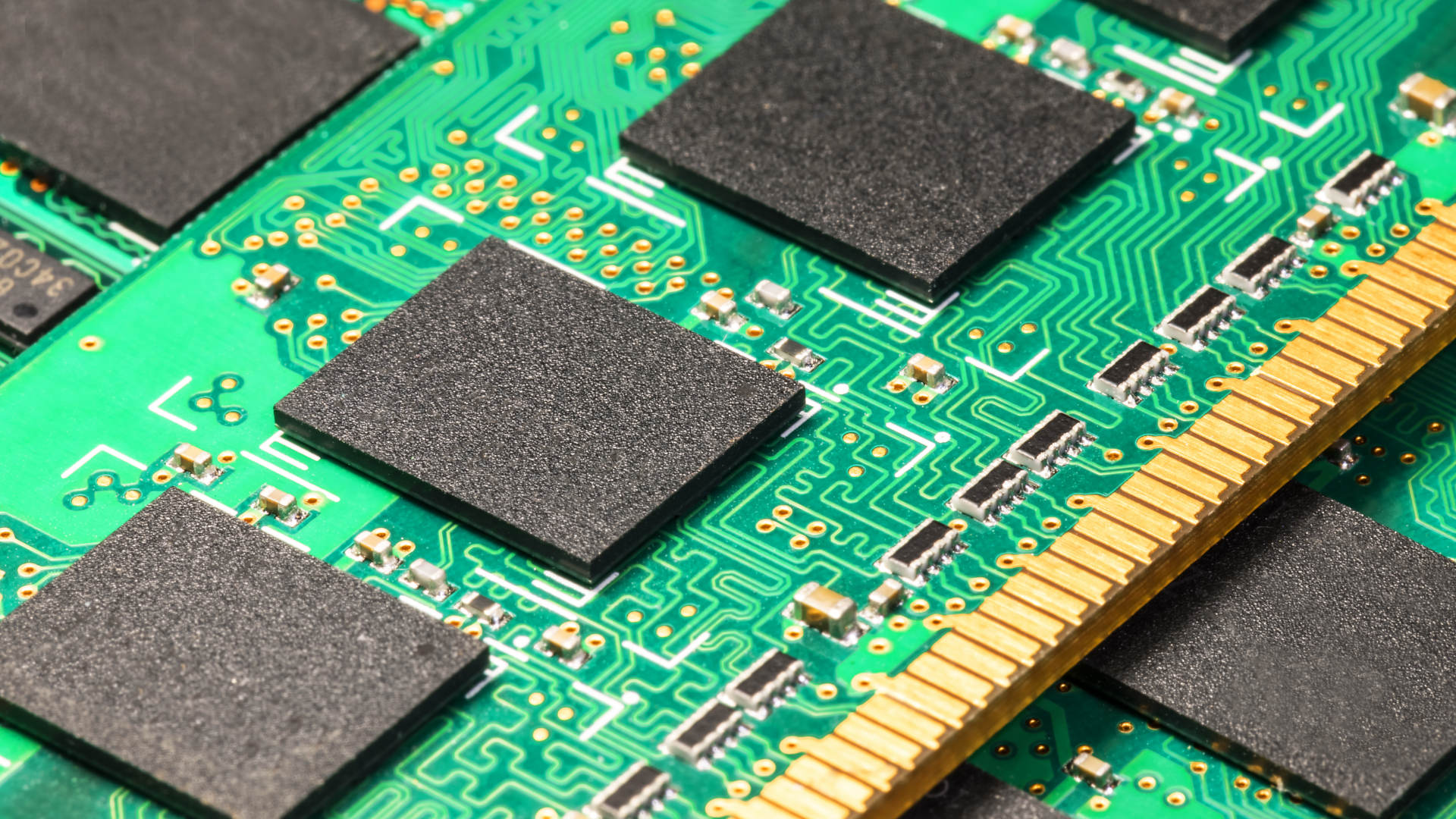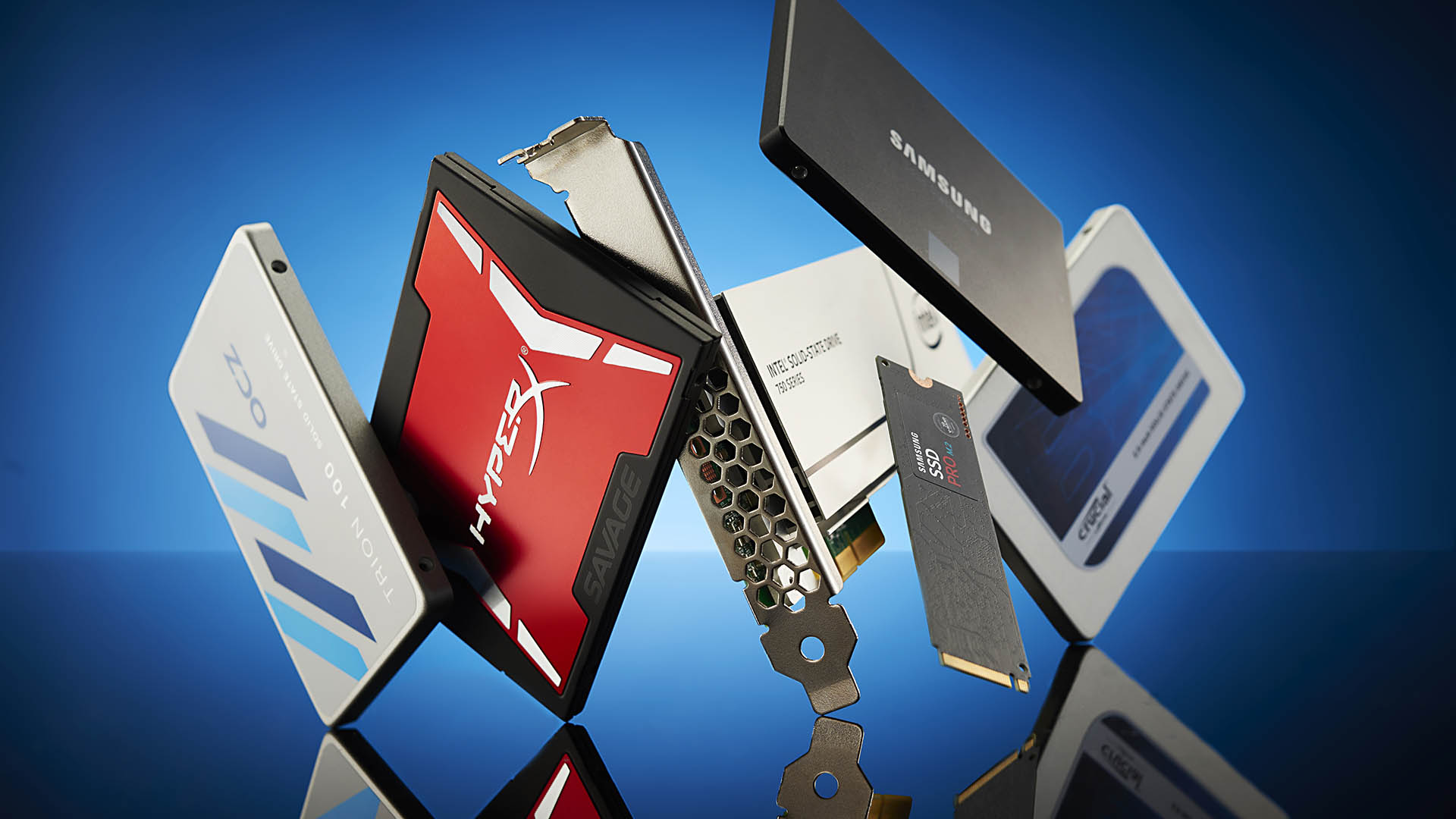One memory to rule them all? New 'superlattice' material promises an efficient world of universal memory
ULTRARAM still leads the race but more competition is good news for everyone.

Ever wondered what the perfect memory chip would be like? Well, it would have to be faster than the best DRAM, store data for decades at a time so it could be used like flash memory, and use less energy than both for high efficiency. That might sound like a pipe dream but a team of researchers has developed a prototype material that could be the stepping stone needed to make it a reality.
This isn't a new idea, of course, and we've talked about the progress of ULTRARAM in the past. That's also in the research and development phase but it has the potential to reach the market, as it works completely as intended right now. The only problem is that the manufacturing of it needs to be significantly scaled up, with the cost dropping right down before it could be used instead of DRAM and NAND flash.
However, a team of scientists at Stanford University has released a paper in the Nature journal (via Live Science) that details the development of a new semiconducting material that can be stacked into a superlattice, making it ideal as the basis of a memory circuit.
The chips we use for the DRAM in our PCs and VRAM on our graphics cards are primarily based on repeated layers of silicon, metal, and insulators. Deep inside them are billions of cells, comprising transistors and capacitors, that temporarily store charge, which in turn is used to denote digital information. While very fast, DRAM has a major problem: The charge naturally dissipates very rapidly, so the cells have to be periodically refreshed.
At the other end of the scale is NAND flash. It works in a very roughly similar fashion but uses a high voltage to trap the charge in an insulated 'box', meaning it can retain data for very long periods. Better known as non-volatile memory, flash is used in SSDs and USB memory sticks to store data for years.
Unfortunately, it's really slow compared to DRAM and the cells wear out over time. What's needed is a type of memory that has all of the advantages and none of the disadvantages, allowing it to be used as volatile and non-volatile memory. That's the ultimate goal of GST467, a blend of antimony, germanium, and terbium the paper's authors claim can be used as the basis of an ultimate, universal memory.

Best SSD for gaming: The best speedy storage today.
Best NVMe SSD: Compact M.2 drives.
Best external hard drives: Huge capacities for less.
Best external SSDs: Plug-in storage upgrades.
So why is this better than ULTRARAM? To begin with, cells created with the material required a far lower operating voltage than its competitor (0.7V versus 2.5V), which goes a long way in keeping the power consumption (and therefore, heat) under control. The paper also claims the new material is better suited for implementation with current semiconductor manufacturing technologies than similar, so-called phase-change materials.
The biggest gaming news, reviews and hardware deals
Keep up to date with the most important stories and the best deals, as picked by the PC Gamer team.
However, where ULTRARAM is close to being used in the market already, albeit in sectors that require very little memory or storage (e.g. Internet-of-things, IoT, devices), GST467 is very much still in the lab phase of development. The researchers are hoping to garner interest from the memory industry to see if their work can be scaled to a point that it's economically viable to manufacture in large quantities.
For now, though, the immediate future is all about ultra-fast DDR5 and GDDR7 for volatile memory, with the latter appearing later this year. Samsung, Micron, and others have also pumped billions of dollars into making large-capacity flash memory chips for the best SSDs, so they're unlikely to abandon such efforts any time soon.

Nick, gaming, and computers all first met in 1981, with the love affair starting on a Sinclair ZX81 in kit form and a book on ZX Basic. He ended up becoming a physics and IT teacher, but by the late 1990s decided it was time to cut his teeth writing for a long defunct UK tech site. He went on to do the same at Madonion, helping to write the help files for 3DMark and PCMark. After a short stint working at Beyond3D.com, Nick joined Futuremark (MadOnion rebranded) full-time, as editor-in-chief for its gaming and hardware section, YouGamers. After the site shutdown, he became an engineering and computing lecturer for many years, but missed the writing bug. Cue four years at TechSpot.com and over 100 long articles on anything and everything. He freely admits to being far too obsessed with GPUs and open world grindy RPGs, but who isn't these days?

